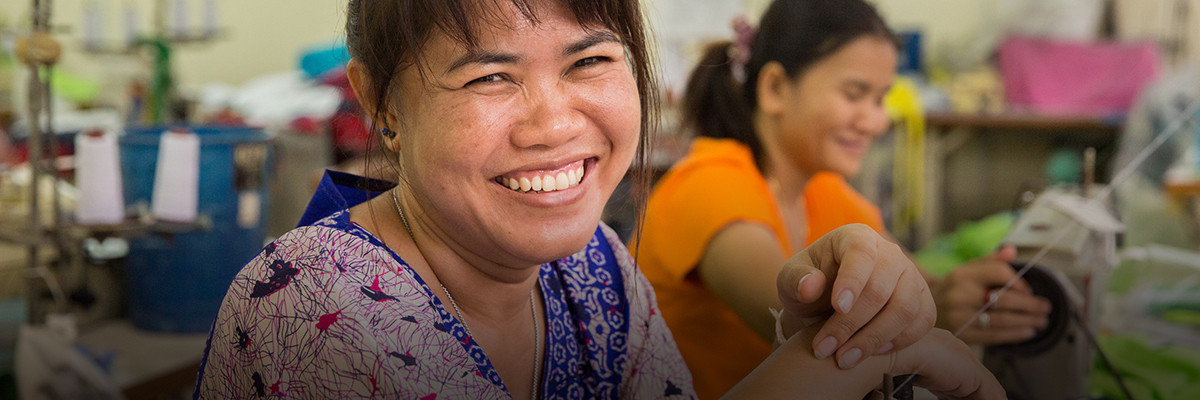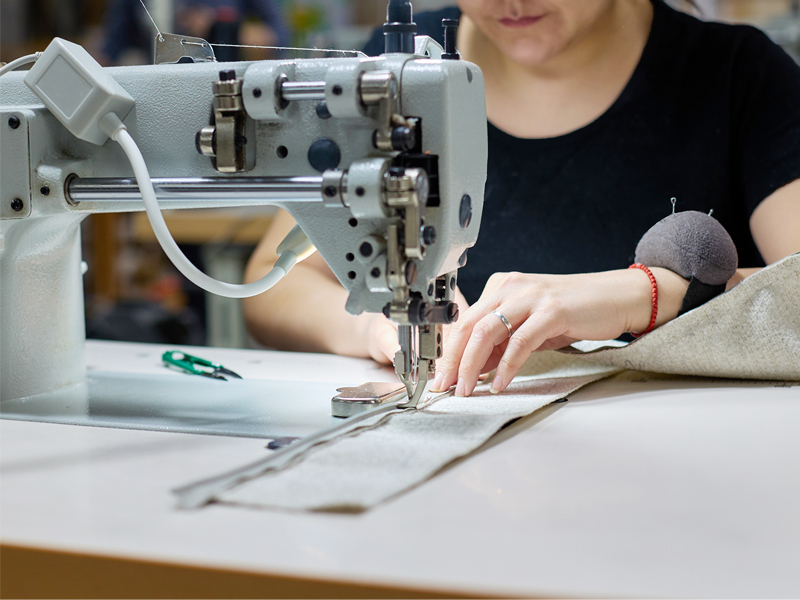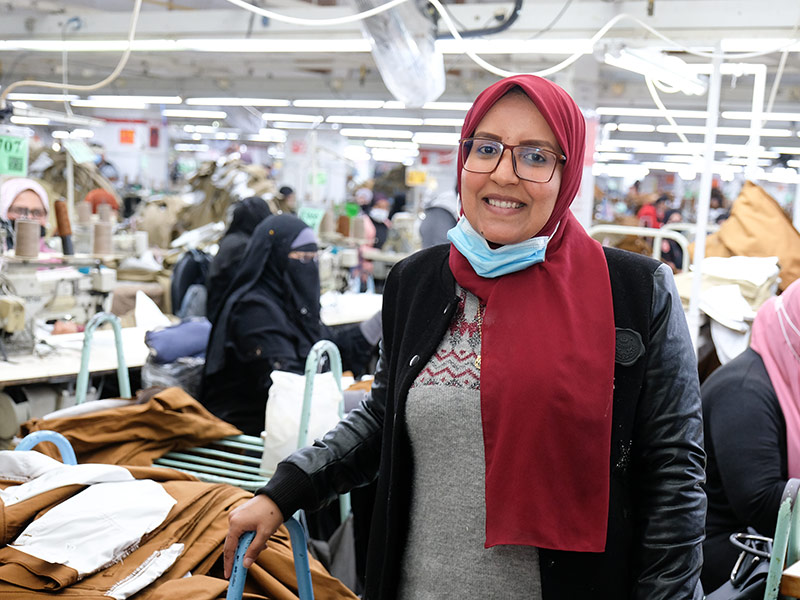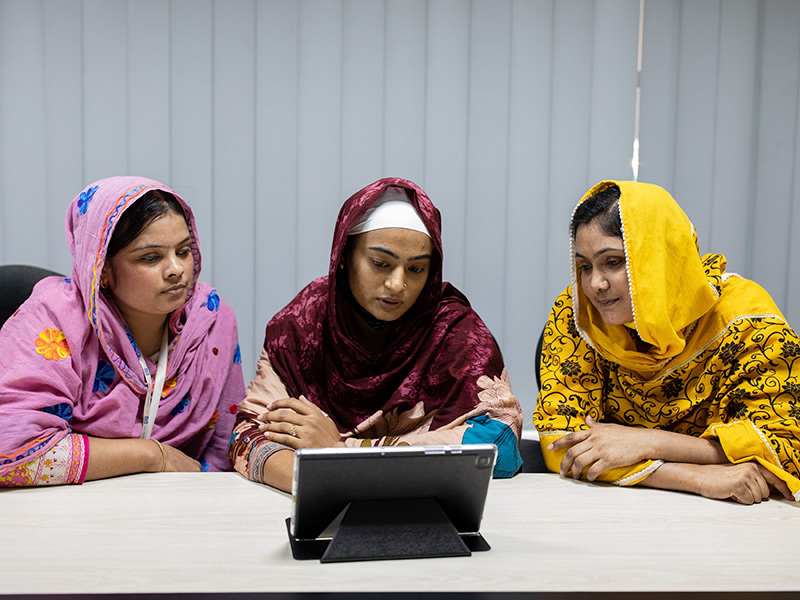
Photo courtesy of Paula Bronstein/Getty Images Reportage. Some rights reserved.
Authors
-
Lauren Shields
Former Director, BSR
At the current rate of change, it will take more than 100 years to achieve full gender equality. The UN’s High Level Panel on Women’s Economic Empowerment, which includes leaders from business, the UN, government, and women’s organizations, reported last autumn that progress has been “far too slow.” And a recent McKinsey study highlights the fact that while many companies are making top-level commitments to women’s empowerment and gender equality, few companies have matched commitments with concrete plans integrated throughout the business. As a result, companies are missing out on tremendous potential gains across their business—from improved performance and retention of employees, to innovation, to expansion to new markets.
With so much clear evidence of the social, moral, and business case for promoting gender equality, what is needed to accelerate the pace of change and for companies to take intentional, ambitious action? One challenge we’ve heard from companies is identifying the right entry point for their company—essentially: “Where do I start?”
A new tool released today is intended to begin answering that question. The WEPs Gender Gap Analysis Tool helps the global business community identify gaps in its performance on gender equality and enables companies to make informed decisions on setting goals and strategies. Inspired by the Women’s Empowerment Principles (WEPs) initiative, the tool is a joint project of the UN Global Compact, UN Women, the Multilateral Investment Fund of the IDB, and the Inter-American Investment Corporation, and is supported by the Governments of Japan and Germany, The Coca-Cola Company, BSR, Itaipu, and KPMG.
The tool is grounded in the WEPs global framework, which helps companies empower women in the workplace, marketplace, and community. BSR signed the WEPs in 2015 to uphold best practices in our own organization, as well as to work with our member companies to promote, share, and scale best practices on women’s empowerment. Since we signed the WEPs, we joined its Leadership Group to contribute to the promotion and uptake of the WEPs by our network of member companies. We’re pleased to be among 38 of our BSR members in joining the WEPs initiative—and more than 1,400 companies globally.
As many of our members know, women’s empowerment is a central focus for BSR, and through our women’s empowerment practice, we work with companies to catalyze effective and ambitious action. Our women’s empowerment practice draws on more than 10 years of experience working on global women’s issues. Developing practical strategies, tools, and solutions with companies is one prong of our strategy.
Through our work on the WEPs tool, we are adding another resource to assist companies to take action on women’s empowerment. BSR and our partners designed the tool to translate the WEPs from principles into action through two key features.
First, the tool provides a broad overview of areas in which companies affect women. The tool asks a number of questions, including around companies’ leadership commitment and workplace policies and programs to support women, as well as a companies’ approach to supply chain, product development, CSR, and more. Companies and gender equality experts identified these areas during 12 global consultations with more than 170 companies.
Second, the tool helps companies understand how far they’ve gone in each area. Have companies made a formal commitment in a particular area, such as business relationships with women-owned businesses? Are they implementing practices to improve their performance? Are they measuring impact and ultimately sharing results with their board or external stakeholders? The tool provides a checklist for companies to see what action looks like across commitment, implementation, measurement, and transparency.
Initial feedback on the tool has been positive. Through the consultation phase, as well as a pilot with an additional 20 companies, we’ve worked to make the tool reflect real-world business practices. During the pilot phase, companies liked that the tool covers broad points of analysis of how a company takes action on gender equality. The tool also inspired internal conversations across the business about “what good looks like.”
By applying the tool, companies will not only have a better understanding of their own status, they will also be equipped to take the next step. BSR now offers additional services to help companies understand the tool’s results, identify priority investments, design and implement a women’s empowerment strategy, and measure impact.
Although much work remains to achieve gender equality, the launch of the new WEPs tool is one resource to make progress. We look forward to supporting companies to take stock of their current performance, and we hope that, in a few years, the tool will evolve to reflect emerging, leading examples of corporate practice.
Topics
Let’s talk about how BSR can help you to transform your business and achieve your sustainability goals.







